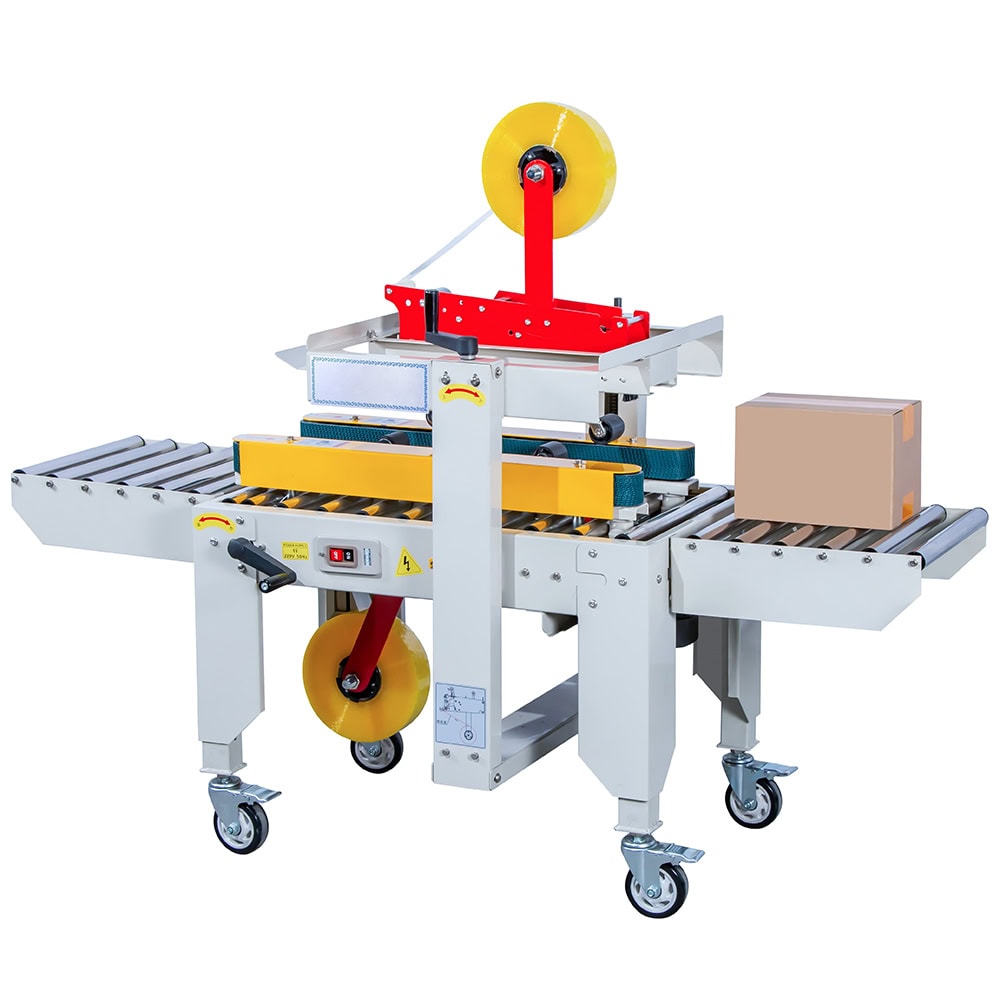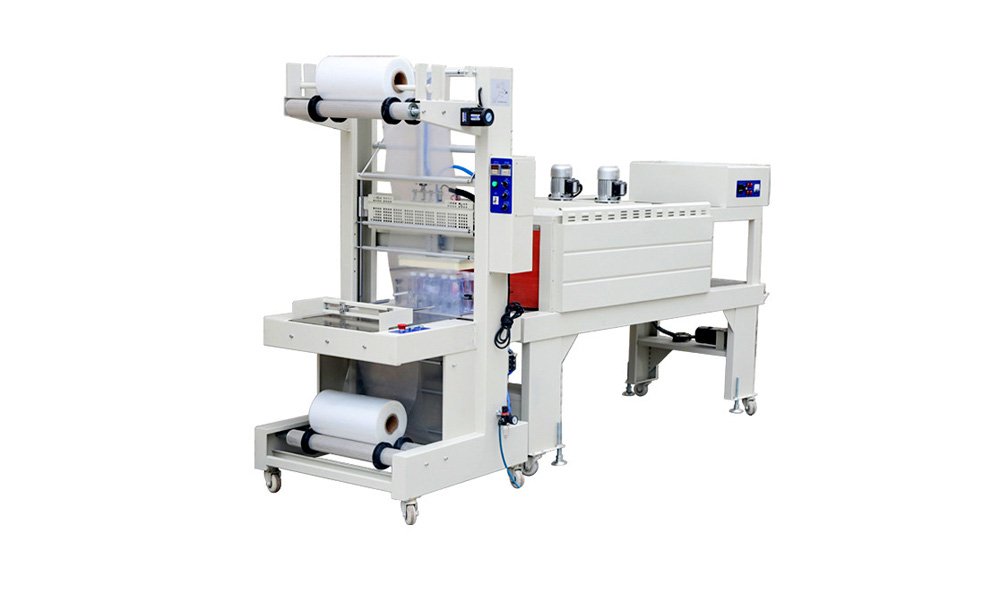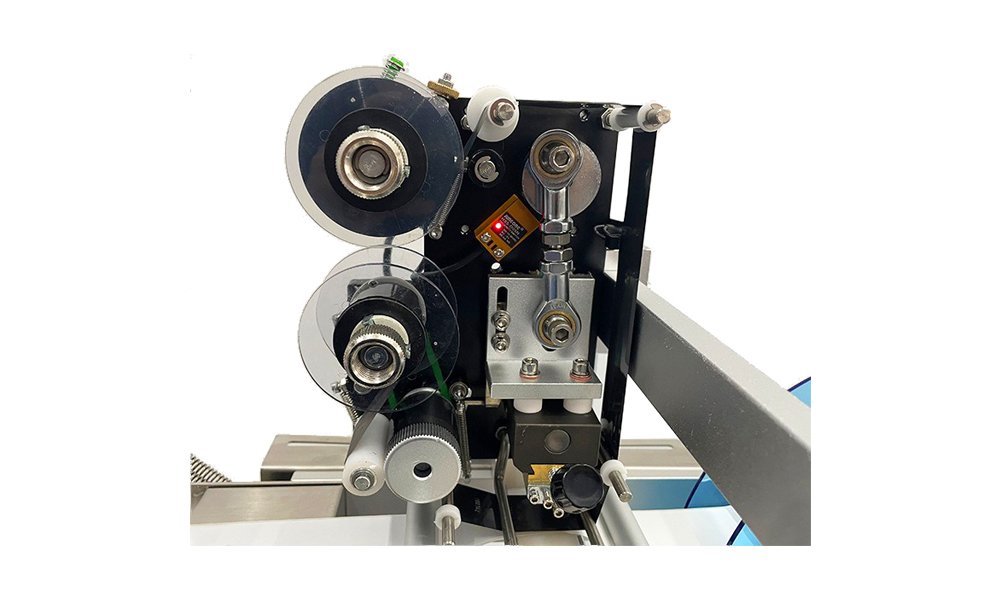If you don’t maintain your packaging machines, they will break down frequently. This will cause you to miss shipping deadlines and cost you a lot of money to fix. If you keep ignoring them, it will cost you a lot of money in lost production and downtime.
To maintain packaging machines effectively, ensure regular cleaning, lubrication, and timely part replacements. Proper calibration and tension adjustments prevent operational errors and extend the machine’s lifespan. Additionally, monitor electrical components and maintain a dry, safe working environment for optimal performance.
You have to clean them, lubricate them, and replace parts when you’re supposed to. If you do what the manufacturer says, your machines will work well and not break down unexpectedly.
Regular Cleaning
Clean the machine so it doesn’t get all dusty and have junk in it that will make it not work right. Clean things like belts, sensors, and conveyor belts to keep the machine working like it’s supposed to. Keeping the machine clean also keeps your product from getting dirty and extends the life of the parts.
Use cleaning agents that won’t eat your machine up and don’t use abrasive tools to clean the machine. Follow the manufacturer’s recommendations for how often to clean it and what products to use.
Lubrication
Lubricating the moving parts of packaging machines reduces friction and wear, allowing the components to move smoothly. Bearings, gears, and motors benefit from regular lubrication, reducing mechanical stress and increasing the machine’s lifespan. Over time, unlubricated parts may seize up, leading to costly repairs.
It’s essential to follow a lubrication schedule based on the manufacturer’s instructions. Over-lubrication can cause damage, so it’s crucial to apply the right amount at recommended intervals using the correct lubricants.
Inspect Electrical Components
Frequent inspection of the machine’s electrical components helps identify issues before they escalate. Loose wiring, damaged circuits, or faulty fuses can lead to machine malfunctions or even safety hazards. Ensuring proper grounding and avoiding overloaded circuits can prevent electrical failures that disrupt operations.
Pay special attention to sensors and controls, as malfunctioning electrical components can impact labeling accuracy or cause the machine to stop working altogether. Immediate replacement of faulty components can avoid production delays.
Monitor and Replace Worn Parts
Packaging machines experience wear and tear, especially in components like belts, rollers, and bearings. Regularly inspecting and replacing worn parts before they fail can prevent unplanned downtime. Ignoring these minor issues could lead to a total breakdown, halting production for extended periods.
To maximize efficiency, keep a log of parts replaced and schedule future replacements based on usage patterns. This proactive approach will minimize machine stoppages and maintain consistent production quality.
Calibration
Calibration ensures the machine operates accurately, particularly for machines that handle precise labeling or filling tasks. Incorrect calibration can result in mislabeling or poor product packaging. After any major repairs or part replacements, recalibrating the machine is crucial for maintaining accuracy.
Packaging materials and product sizes may vary, necessitating recalibration to adapt the machine’s settings accordingly. Routine calibration will optimize machine performance and reduce errors during operation.
Prevent Rust and Corrosion
Packaging machines, especially those in humid environments, are prone to rust and corrosion. To prevent this, ensure that the machine is regularly wiped down and stored in a dry, well-ventilated space. Use anti-rust sprays or coatings on vulnerable parts to protect them from moisture.
Rust can weaken the structural integrity of the machine, affecting its performance and longevity. Regular rust prevention measures will extend the machine’s lifespan and keep it operating smoothly.
Adjusting Machine Settings
Packaging machines often need adjustments based on the type of product being handled. Incorrect settings can lead to errors in labeling, sealing, or filling. Whenever there is a change in packaging material, size, or shape, machine settings should be recalibrated to ensure optimal performance.
Regular adjustments also prevent product damage and improve overall efficiency. Consulting the machine’s manual for the correct settings will help reduce the risk of malfunctions.
Maintain Proper Tension in Belts and Chains
Packaging machines often rely on belts and chains to drive their mechanisms. If these are too loose or too tight, the machine may not function correctly. Belts can slip if not properly tensioned, while excessive tension can lead to premature wear or damage to components.
Regular checks of the tension in belts and chains, followed by adjustments where necessary, will ensure smooth operation and prevent unnecessary wear. This simple practice can save significant repair costs in the long run.
Keep the Machine Dry
Operating packaging machines in humid or wet environments can lead to significant damage. Moisture can corrode metal parts, short-circuit electrical components, and promote the growth of mold or bacteria, especially if the machine handles food or beverage products.
To prevent these issues, ensure the machine is kept dry and ventilated. Using moisture absorbers or dehumidifiers can help maintain an optimal working environment for the machine.
Maintain Safety Mechanisms
Every packaging machine is equipped with safety features like emergency stops, guards, and sensors to protect operators from accidents. Regular maintenance of these safety mechanisms is essential to ensure they are functioning correctly. Faulty safety features can lead to serious injuries or machine damage.
Check emergency stop buttons and protective guards during routine maintenance to ensure that they are in good working condition. Keeping these features operational not only ensures compliance with safety regulations but also protects workers and the machine from potential hazards.
Conclusion
Doing routine maintenance, which includes cleaning, lubrication, and inspections, will extend the life of your packaging machines. Following these best practices will keep your packaging machines running and reduce your repair costs.










